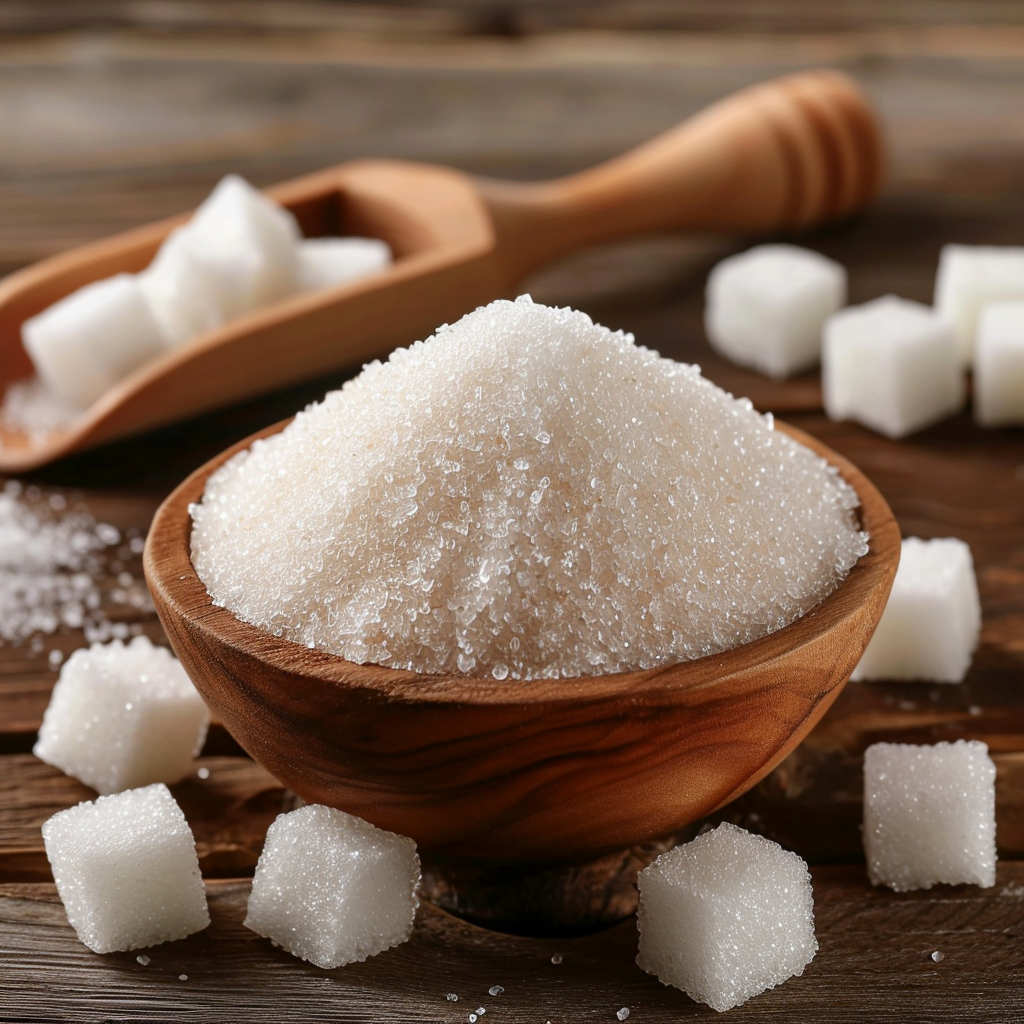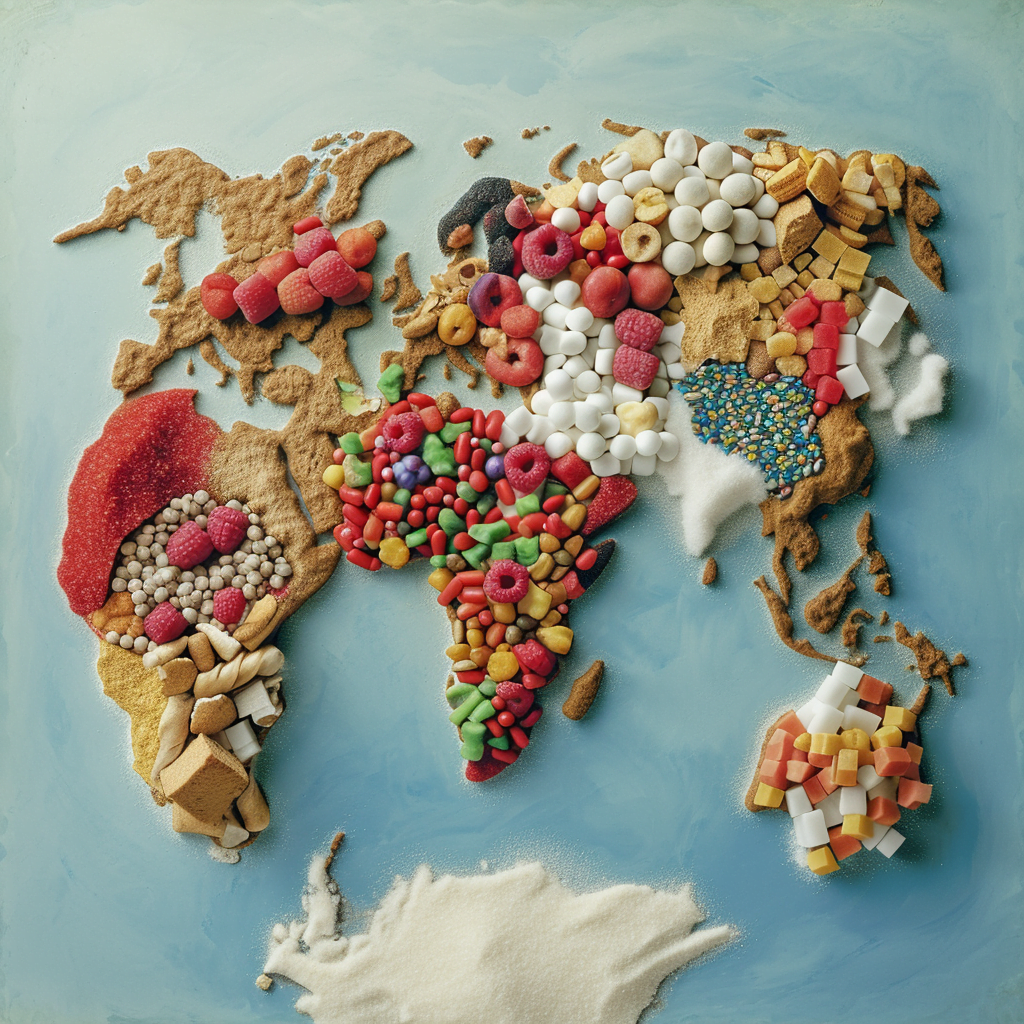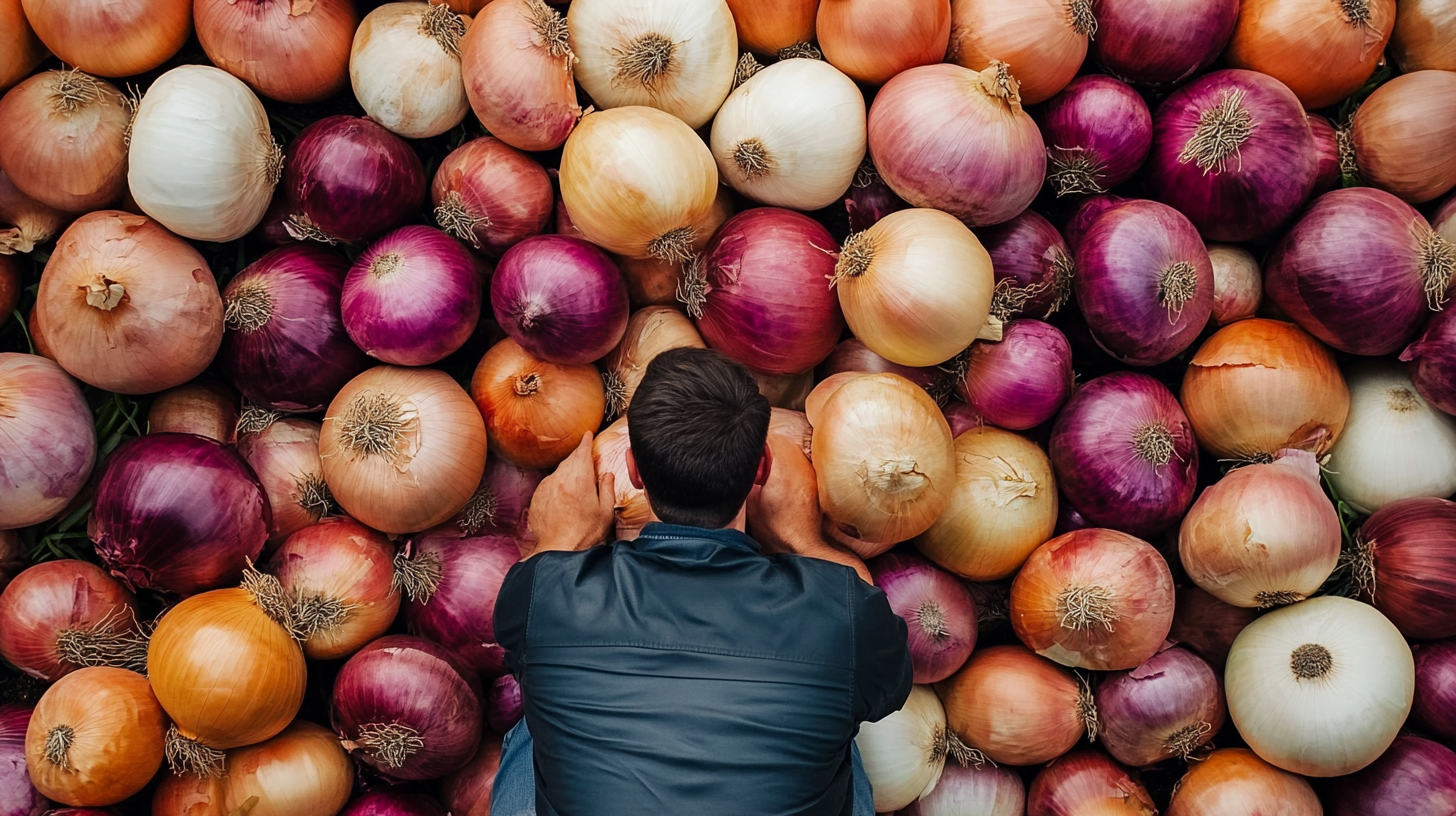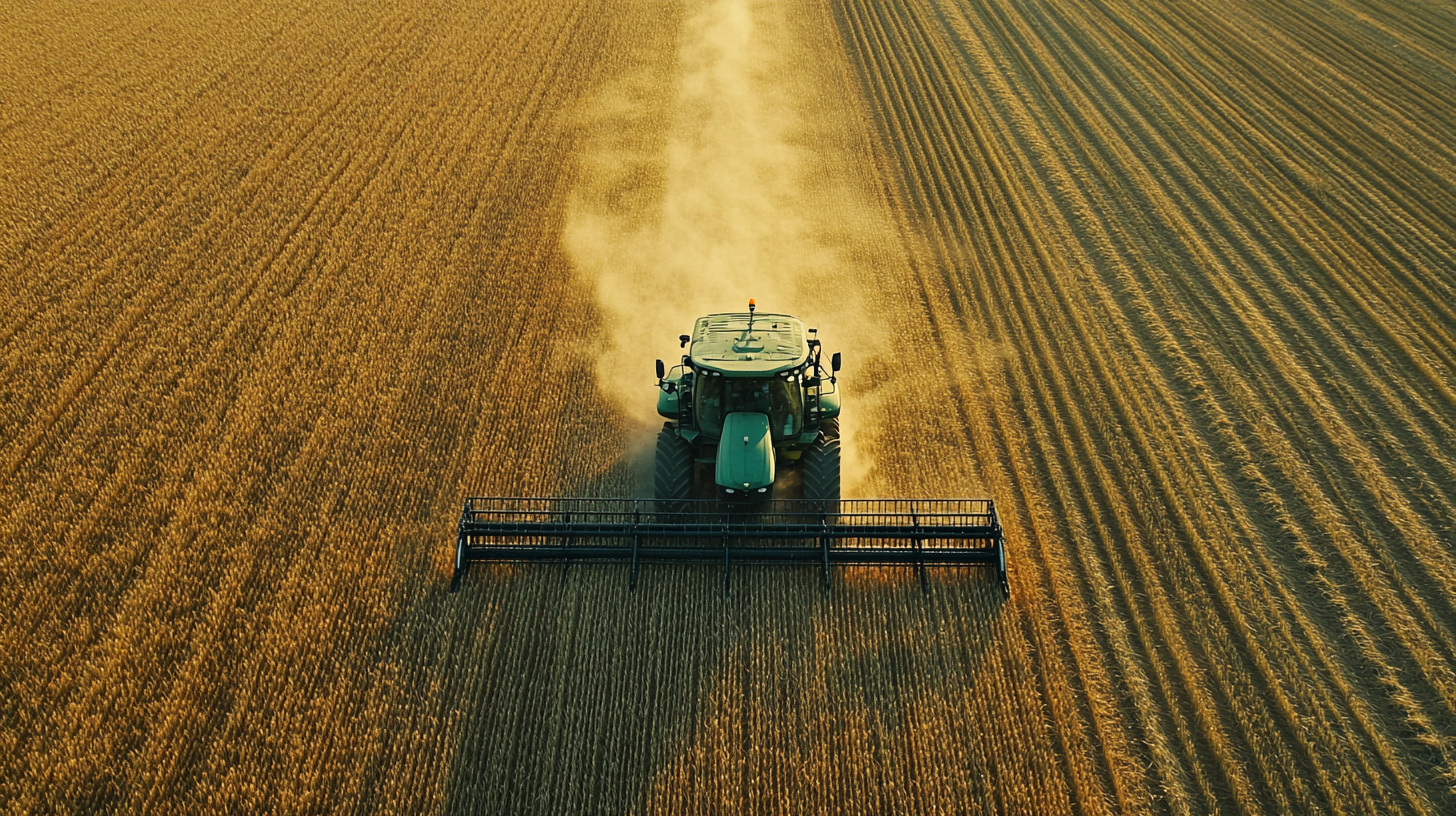Sugar is one of the most popular commodities in the world. The average person consumes over 20 kg of sugar per year! With rising populations and changing diets, global demand for sugar continues to grow. But Which Country Produces the Most Sugar today?
A Brief History of Global Sugar Production
Sugarcane is a tropical grass that has been cultivated for over 4,000 years. The earliest known sugar production traces back to New Guinea around 8,000 BC. From there, sugar production spread to India where it was refined into granulated crystals. Sugar was considered a luxury item in ancient India, often displaying wealth.
Sugar spread through trade routes to China, the Middle East, and eventually to the Mediterranean region around 600 AD. Sugar plantations were established on islands like Cyprus and Sicily and along coasts of Spain. Sugar remained a pricey spice enjoyed only by elites until the 15th century.
The age of European colonialism led to a boom in sugar production starting in the 1500s. Spain and Portugal established vast sugarcane plantations on islands across the Caribbean and Latin America, bringing in African slaves as forced laborers. Portugal dominated early sugar production in Brazil while Britain came to control many smaller islands like Jamaica and Barbados.
By the 1700s, sugar became more affordable and transitioned into a daily staple good, driving rapid growth in demand. The British sugar colony islands and Brazil exported back to Europe in extremely high volumes. Staggering profits were made off the brutal slave labor model.
Today, sugarcane accounts for 80% of global sugar production, while sugar beets, another high sucrose plant, make up the rest. Brazil surpassed India as the top global producer in the 2000s through rapid expansion of sugarcane for ethanol production. Meanwhile, Thailand’s exports have boomed due to competitive labor costs.
Over 175 million tons of sugar is produced worldwide each year, along with byproducts like molasses and ethanol. Refined white sugar is commonly consumed in homes and restaurants, but sugar is also a major hidden additive in processed foods.
The Top 5 Sugar Producing Nations
Brazil is the world’s largest sugar producer by a wide margin, accounting for over 20% of global production. Key facts about Brazil’s industry:
- Produced 41 million metric tons of sugar in 2020/21.
- Sugarcane cultivated across 9 million hectares of arable land.
- Sugar represents 2% of Brazil’s GDP and employs 1 million workers.
- Brazil’s tropical climate enables two harvest seasons per year in central-south region.
- The state of Sao Paulo alone accounts for 50% of Brazil’s sugarcane output.
India comes in second, producing 31 million tons of sugar in 2020/21. Key facts:
- Uttar Pradesh and Maharashtra are the main production hubs.
- Primarily grows sugarcane, which thrives in the hot tropical north.
- Over 50 million farmers cultivate sugarcane on 5 million hectares of land.
- Provides direct and indirect employment for millions across rural India.
China produced around 11 million tons of sugar in 2020/21:
- China grows both sugarcane and sugar beets, mostly in southern provinces.
- The government provides subsidies, loans, and sets minimum sugar prices and output quotas. This supports domestic production.
- Rising incomes are increasing sugar demand, boosting production incentives.
Thailand produced just over 10 million tons of sugar in 2020/21:
- Thailand has ideal tropical climate for sugarcane cultivation.
- Sugarcane plantations cover over 1 million hectares across central and northeast regions.
- Thailand accounts for 12% of global sugar exports, second only to Brazil.
- Low labor costs and advanced processing make Thailand globally competitive.
Finally, the United States produced over 7 million tons of sugar in 2020/21:
- Florida accounts for nearly half of U.S. sugarcane output.
- The rest comes from sugar beets grown in midwestern and western states.
- High government price supports shield domestic producers from global competition.
- But this drives up sugar costs for food/beverage companies and consumers.

Factors Enabling Top Sugar Production
Several key factors allow countries to maximize sugar output:
- Climate – The tropical and subtropical regions of Brazil, India, Thailand and China provide ideal sugarcane growing conditions. Warm climate, ample sunlight, and sufficient rainfall support high yields.
- Land availability – Vast arable land in Brazil’s interior, northern India’s plain, and Thailand’s river valleys allow expansion of sugarcane cultivation into new areas.
- Irrigation infrastructure – Dams, canals, tubewells, and sprinklers provide water access for sugarcane plantations, boosting productivity. Thailand has invested heavily in irrigation technology.
- Government support – Thailand, India, China and the U.S. implement favorable sugar policies like price controls, subsidies, and production quotas that incentivize output.
- Rising domestic demand – Surging populations and incomes in Asia are fueling increasing sugar consumption, prompting efforts to ramp up production.
- Advanced technology – Mechanization, new sugarcane hybrids, genetically modified seeds, and processing innovations help maximize yields and efficiency.
- Low labor costs – In Thailand and India, low wage farm labor reduces production costs and enhances competitiveness.
By leveraging these advantages, the top sugar producers have built globally competitive sugar industries serving massive domestic and foreign markets.
Environmental and Social Impacts
However, the sugar industry also carries negative environmental and social impacts:
- Deforestation – Forests are often cleared to expand sugarcane plantations, contributing to biodiversity loss. This has occurred rapidly across Brazil over the past 20 years.
- Soil depletion – Intensive monoculture sugarcane farming leaches nutrients from soil, requiring heavy fertilizer use.
- Water pollution – Fertilizer and pesticide runoff contaminate groundwater and rivers near plantations.
- Working conditions – Sugarcane harvesting is very labor intensive, with risks of workplace injuries and exploitation of migrant laborers.
- Climate change – Forest loss reduces carbon sequestration while fertilizers release greenhouse gases during production.
In response, some sustainable practices are emerging:
- Organic sugarcane farming avoids chemicals through composting, crop rotation and biological pest control.
- Drip irrigation, water recycling systems and drought-resistant hybrids reduce water usage.
- Co-generation plants convert sugarcane waste (bagasse) into bioelectricity for sugar mills.
- Fair trade and labor standards aim to improve worker safety and restrict child labor.
- Land conservation policies incentivize less deforestation for new plantations.
But sustainable sugar production remains limited to date. Brazil and India in particular face challenges to curb environmental degradation from rapid industry expansion.
The Future Trajectory of Global Sugar Production
Sugar production is projected to steadily grow over the next decade, potentially reaching 200 million tons by 2030.
Brazil will likely maintain its leadership position. It possesses ample uncultivated land to expand sugarcane farming into. Government targets aim for 40% growth by 2030 to meet rising ethanol demand. New technologies will further boost yields.
India is also forecast for continued growth. Rising incomes, population, and urbanization will drive increasing domestic sugar consumption. However, production fluctuates year-to-year due to monsoon rainfall variability.
Thailand aims to increase sugar output by 20% by 2027. But labor shortages may require increased migrant workers and mechanization. Officials also plan to boost byproducts like renewable electricity from biomass.
China’s production may stabilize as health concerns temper demand growth. But its huge population still consumes a quarter of global sugar. And China is researching how to grow sugarcane on marginal lands not used for food crops.
Rising temperatures and reduced water availability from climate change could constrain output in some regions. Sugarcane production may shift away from equatorial areas towards more temperate latitudes.
Demand for sugar is also uncertain. Health warnings about obesity, diabetes, and heart disease may incentivize food and beverage companies to reduce sugar in products. Taxation, labeling laws, or other policies restricting sugar intake could emerge.
Developing alternative natural sweeteners, like stevia, may replace some demand as well. But cane sugar has cost advantages over substitutes today.
Ultimately, Brazil seems poised to continue its sugar dominance through extensive production capacity and geographic advantages. But India, Thailand, China and other countries will remain major players too. New technologies and sustainability practices can help mitigate environmental impacts. Yet the volatile politics around sugar globally add uncertainty to the future outlook.

So in summary, thanks to its vast cultivation area, booming ethanol industry and potential for further expansion, Brazil currently produces more sugar than any other country and will likely continue to do so in the near future. However, other major producers like India, China and Thailand are not far behind and continue to grow output to serve ballooning populations.



